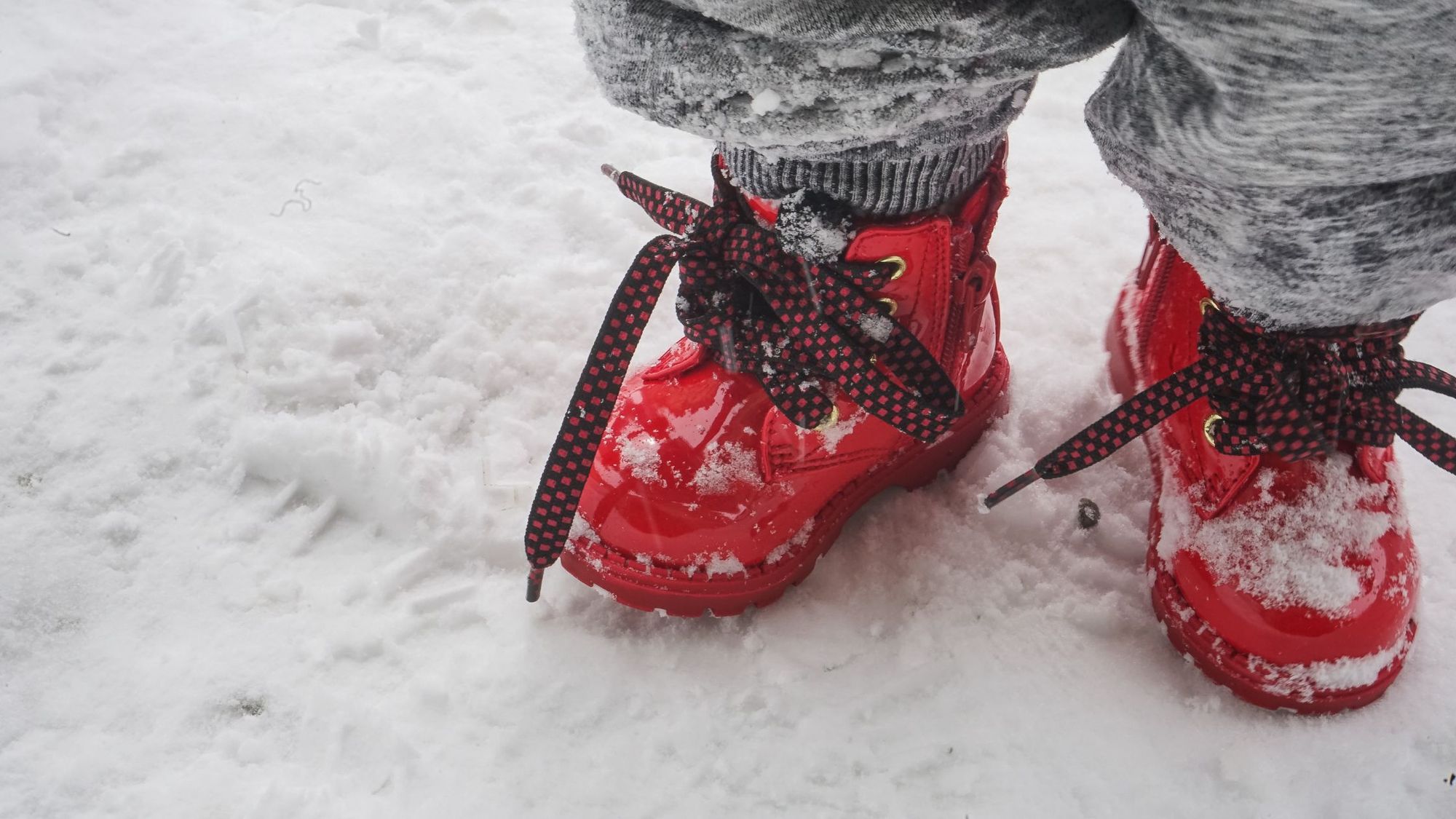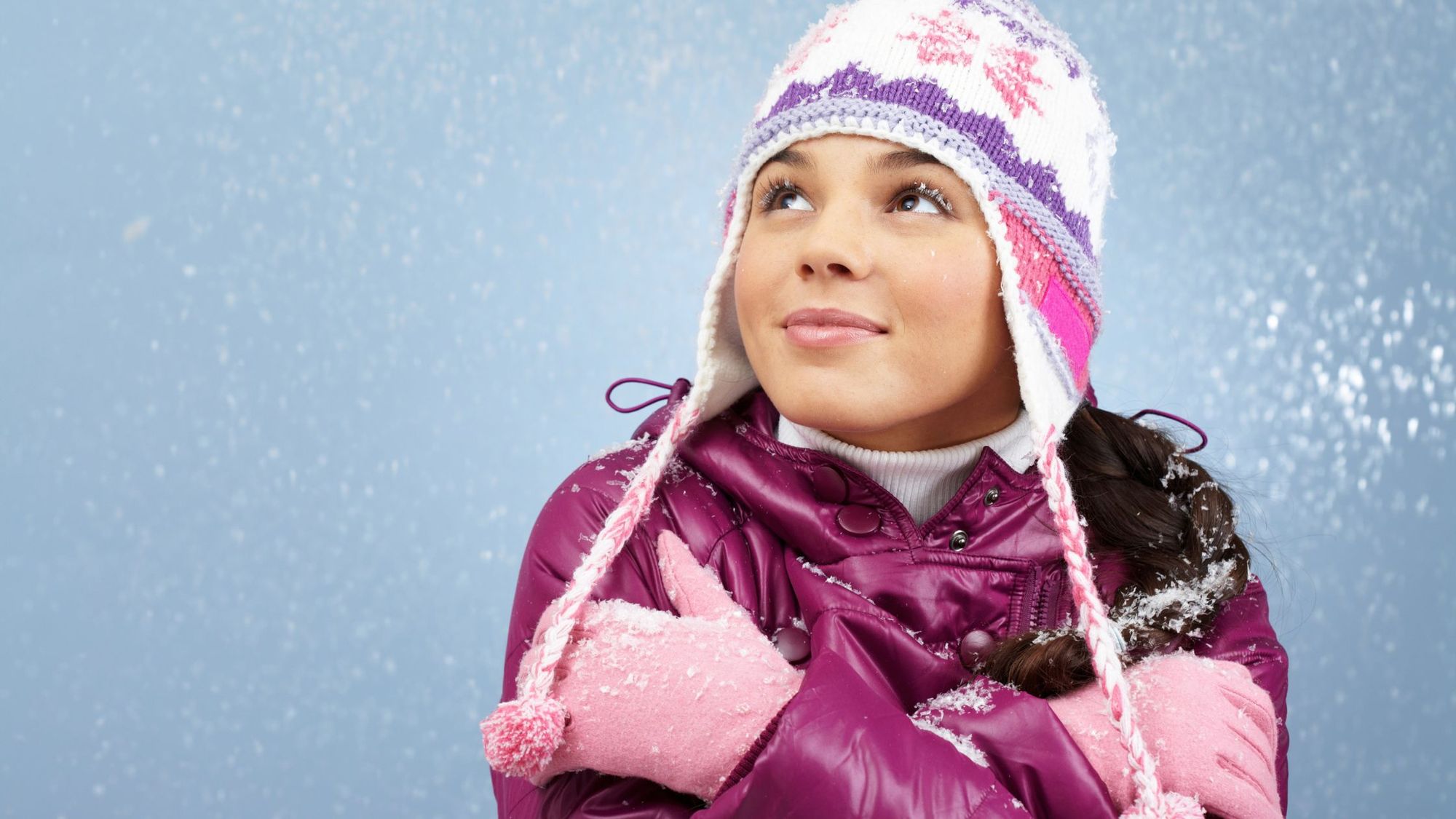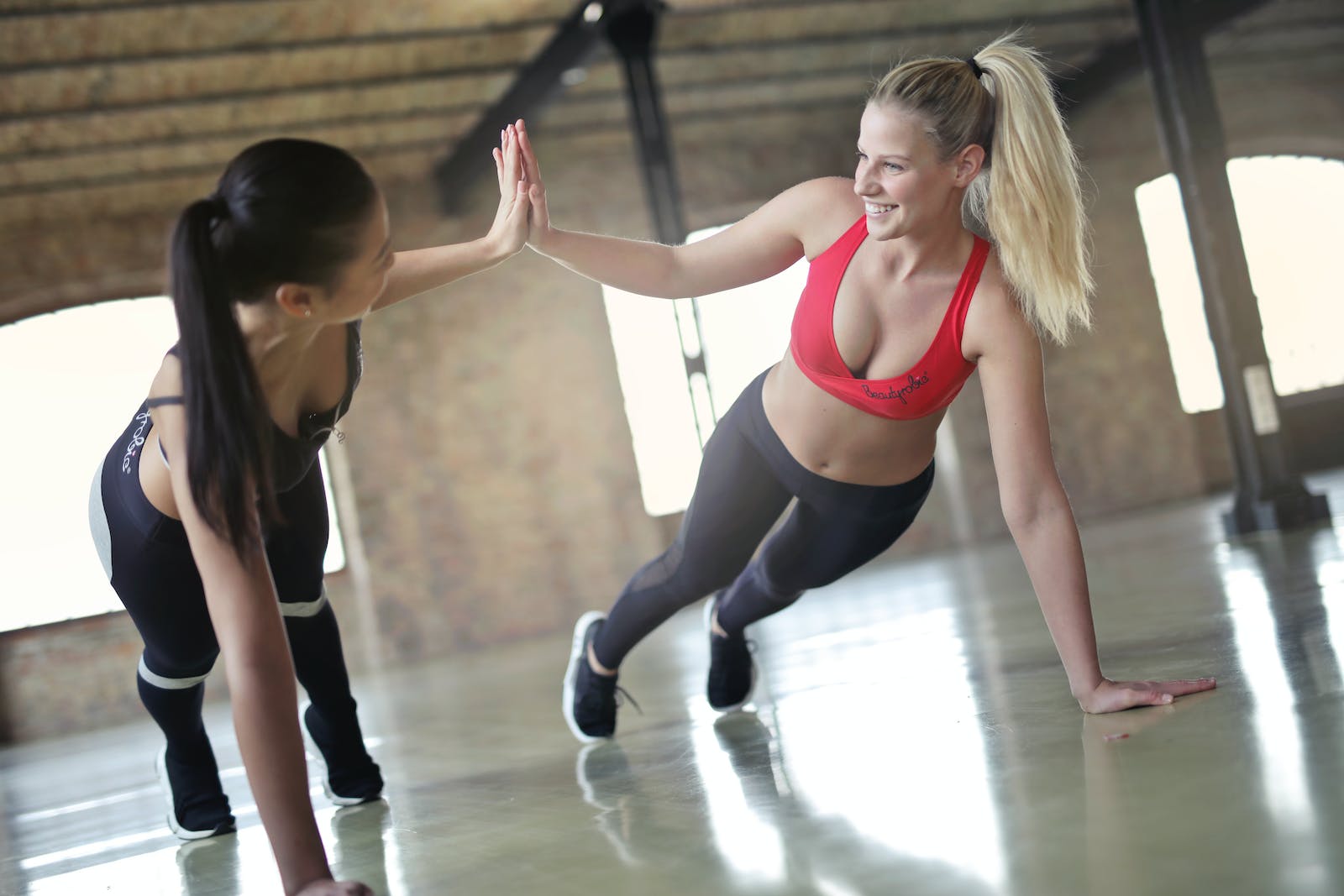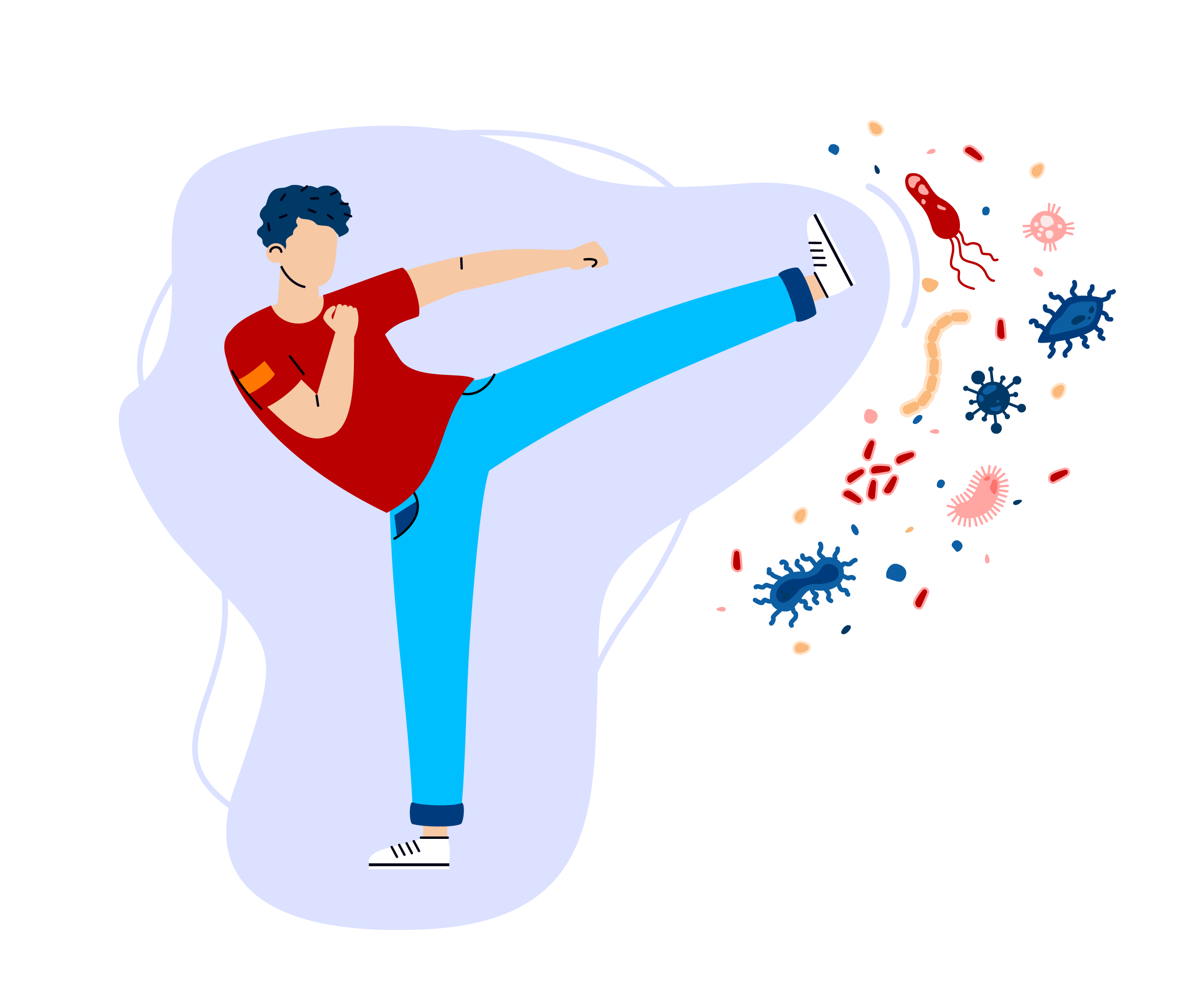
When the winter season peaks, exercising outdoors in cold weather may be the last thing on your mind. Many of you would rather exercise indoors in the winter, but fresh air is good for you, so keep an open mind.
Exercising outdoors is good for your mind, body, and soul. Just because it’s chilly, windy, raining or snowing outside doesn’t mean your outdoor fitness habits should hibernate. After all, a sedentary lifestyle could lead to unwanted weight gain and adversely impact physical and mental health. There’s no need to wait until it’s warmer to engage in outdoor activities, as long as you learn safety tips for exercising in cold weather and icy conditions.
Studies show that getting out of the house in winter to spend time in nature and being exposed to natural light is great for your mental health. Going outside even if it’s cold could alleviate the winter blues, boost your mood, ward off feelings of loneliness, re-energize you, and promote better life satisfaction. Reconnecting with nature allows you to break away from the digital world and get a reprieve from your usual stressors.
However, it can be more challenging to be exercising in cold weather because of the uncomfortable temperature and slippery road conditions. With proper preparation like wearing anti-slip footwear and dressing in layers, you can stay warm and prevent injury while exercising outdoors in winter.
Below are some helpful tips for exercising safely in cold weather:

1. Important Tip for Exercising in Cold Weather: Wear Appropriate Footwear
The leading anti-slip and cold weather tip to be safer while exercising in cold weather is to wear the right footwear. Anti-slip footwear with proper grooves and traction will give you better footing even when the sidewalks are snowy and icy. This creates friction and anchors better to the ground. With the right shoes, your feet will not only stay warm and dry, but you will have a better balance which could prevent falls. This means you can trek through fresh, powdery snow or trudge through layers of ice comfortably and confidently.
Anti-slip footwear is especially important for seniors because they have lesser flexibility and more brittle bones, making them more susceptible to bad breaks when they slip. Once sweater weather returns, with rain storms and blizzards in full force, seniors need winter-ready footwear. This makes walking and exercising in cold weather a lot easier while reducing the risk of injury. The right shoes could mean peace of mind since you don’t have to fear for your life each time you take a step in winter.
However, since anti-slip shoes can be expensive, some people may not have the extra funds to invest in quality anti-slip boots. Fortunately, there are a few handy tips to make ordinary footwear more equipped to handle ice and snow. Check them out below:
- Scuff or score the soles of ordinary shoes to create traction
- Buy Ice Grippers for your shoes or portable traction cleats
- Spray a generous amount of store-bought traction spray
- Add a grainy salt and rubber glue mixture to prevent sliding and slipping
- Douse the soles and sides with hair spray (a temporary anti-slip solution)
- Make shoes anti-slip by gluing sand to the bottom
- Buy removable shoe ice grips and put them on your shoes

2. Dress in Layers to Keep Core Body Temperature Stable
If you’re exercising in cold weather, make sure you’re dressed in layers before leaving the house. Apart from anti-slip footwear, you need the proper clothes to withstand the season’s harsher and colder environmental elements. Aim for layers that you can remove when you start to sweat or put back on if needed. Remember, exercising in cold weather will generate heat and produce sweat. The latter will pull heat from your body, and make you feel chilled. Hence, layers are essential to combat the winter cold and deter hypothermia.
Start by wearing a thin synthetic material that draws sweat away from your body. Moisture-wicking fabrics include nylon, polyester, and polypropylene. Avoid cotton because it absorbs sweat and stays wet against the skin. Next, put a layer of insulation like wool or fleece. Then top everything off with a waterproof jacket as your outermost layer.
You may need several more layers depending on the intensity of your workout and the amount of body fat you have. Notably, seniors are advised to dress appropriately because it’s harder for them to control their body temperature because of a decrease in fat below the skin. It’s important to dress warm and dry because moisture will make you feel colder and increase your risk of hypothermia. In freezing conditions, the wetness could also lead to frostbite.
Anyone who lives in a cold climate with very cold winters shouldn’t go for a winter hike, a winter walk, or any other outdoor winter activity without gloves, a scarf, and a toque as well.
3. Take Time to Warm Up and Cool Down
If you’re serious about preventing injury, it’s important to take your time to warm up before your outdoor workout, especially if you’re exercising in cold weather. Warm-up movements will gradually increase your body temperature and help improve coordination. In an article entitled, Why Your Warm Up Matters More in Winter, experts point out that it’s just harder for your body to work in the cold. To keep you comfortable, you need to start slow with a good warm-up. Forcing movement could lead to injuries.
By the same token, cooling down after a powerful workout is essential to promote gradual recovery to your normal resting heart rate and blood pressure level. Stopping abruptly without appropriate cool-down moves could result in light-headedness, feeling dizzy, or in the worst-case scenario, fainting. Fainting is especially dangerous because passing out on a hard surface can lead to internal damage like broken bones or a traumatic brain bleed.
4. Drink Lots of Water
Hydration matters when you’re exercising in cold weather, even if you’re not as thirsty as you would be in hot temperatures. It’s easy to feel thirsty when you’re working out in the heat, but you could also become dehydrated in winter. Don’t wait to feel a parched mouth before you load up on fluids. In fact, experts say that when you feel thirsty, you’re mildly dehydrated already. Dehydration is bad because it could lead to dizziness, headaches, fatigue, and fainting. Beat dehydration by drinking water before, during, and after your workout. Do it even if you don’t feel thirsty.
In the wintertime, it is harder to notice that you’re already getting dehydrated because sweat dries up fast. While it’s common to feel thirst cues in the sweltering summer sun, these signs to replenish fluids could be less in winter. If you’re working out outdoors, make sure you have a water bottle with you to prevent winter dehydration. Hydrating correctly will help regulate your body temperature and keep joints well-lubricated, which in turn could improve mobility and prevent injuries.
5. Invest in Safety Gear
In winter, the hours of darkness are much longer. It gets dark quickly in the winter, so it could start to get dark while you’re in the middle of your outdoor workout. It’s therefore imperative to wear reflective clothing and safety equipment (like a headlamp)that will improve visibility. When others see you on the road, this could prevent accidents. For instance, those riding their bikes could prevent accidents if they have headlights and taillights or install anti-slip tires.
By the same token, those engaged in winter sports for their outdoor fitness like snowboarding or skiing should wear a helmet and protective goggles at all times. Preventing injuries starts by investing in the right equipment and gear. This must also include sunblock for a daytime ski trip, because you can get sunburned in the winter, especially if you’re moving in snow and high altitudes. People often erroneously assume that sunburn only happens in summer, but UV rays still penetrate the cloud barrier in winter.
Which Outdoor Winter Activities Suit You Best, Based on Your DNA?
If you’re curious which winter activities suit you best based on your unique DNA, you should definitely take a CircleDNA test and read your genetic sports and fitness reports. These reports tell you which activities (such as skiing or cycling) you’re more likely to excel at based on your genetic strengths and weaknesses, and body composition. A DNA test is a fantastic way to learn more about what you might be genetically geared towards in terms of fitness and sports.







This Post Has One Comment
Comments are closed.